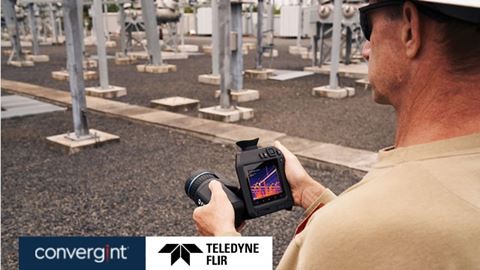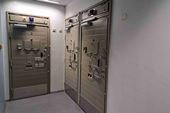The electric utility industry relies on mission-critical equipment and facilities to ensure successful operations. Any equipment failure can result in a sizeable challenge. For example, a loose or hot electrical connection can lead to heat buildup which can in turn cause a circuit failure and power outage, resulting in system downtime, business disruption, and financial losses. This maximizes the need to detect issues prior to failure and leverage technologies that keep systems running smoothly.
Electric utility teams are subsequently using thermal cameras for building diagnostics, equipment sustainability, and preventative maintenance to proactively detect and resolve potential problems. By deploying thermal cameras for condition monitoring, process control, and fire prevention applications, plant managers can maximize operational uptime and avoid catastrophic events.
Thermal cameras are a non-contact screening tool which allows inspectors to monitor energised equipment, like live electrical components, from a safer distance. If equipment exceeds a specific temperature threshold, a thermal automation camera sends an alarm or triggers an action to deescalate the situation. Yielding detailed imagery, thermal cameras offer an immediate and comprehensive view of the problem.
Within the electric utility industry, facility and equipment issues such as a carbon dioxide leak or an overloaded circuit may not be visible to the naked eye, but can be clearly visualised with thermal technology. Condition monitoring can be used in a variety of applications, including electric power generation, substation, transmission, and distribution inspections.
Results of condition monitoring
Condition monitoring is about more than maintaining equipment—it’s a critical task that can ensure that power keeps flowing, machines keep working, equipment lasts longer, and companies avoid breakdowns. All this can lead to distinct advantages including:
- Extending the life of machines and systems
- Minimizing energy expenses
- Reducing the time needed for maintenance
- Optimising maintenance programmes
- Avoiding unplanned outages and unexpected downtime
- Improving asset management decisions
















